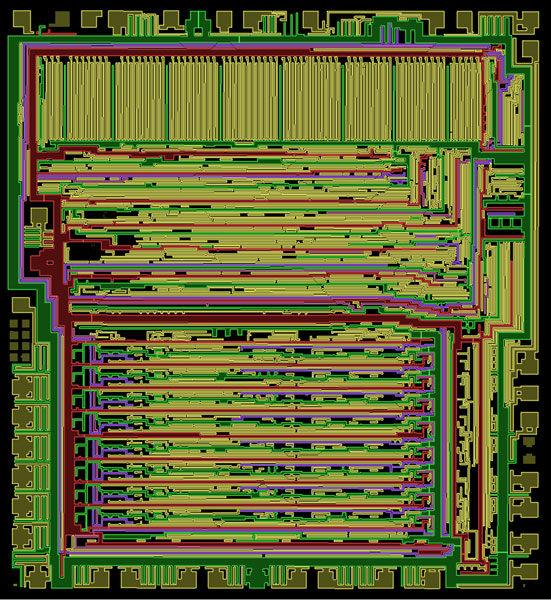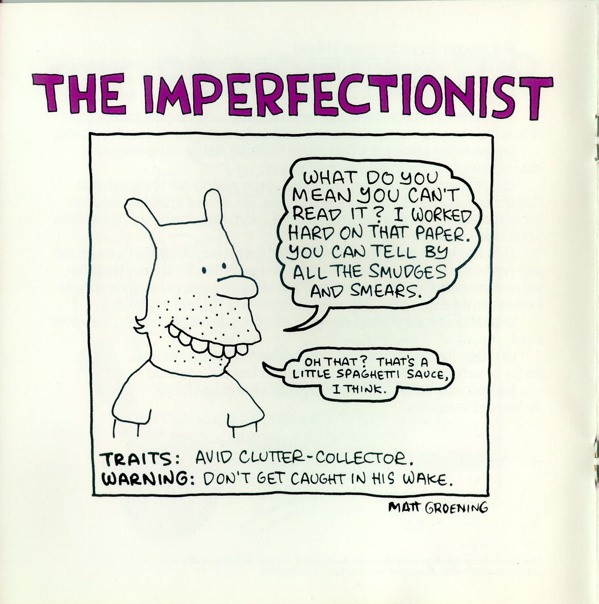July 16, 2012 permalink
Kyle Mcdonald on Getting a Little Lost
I’ve learned you have to be careful when you get lost in an idea. As an artist, you have to get a little lost. Otherwise you won’t discover anything interesting. But you have to avoid getting so lost that you’re unable to walk away and keep exploring.



